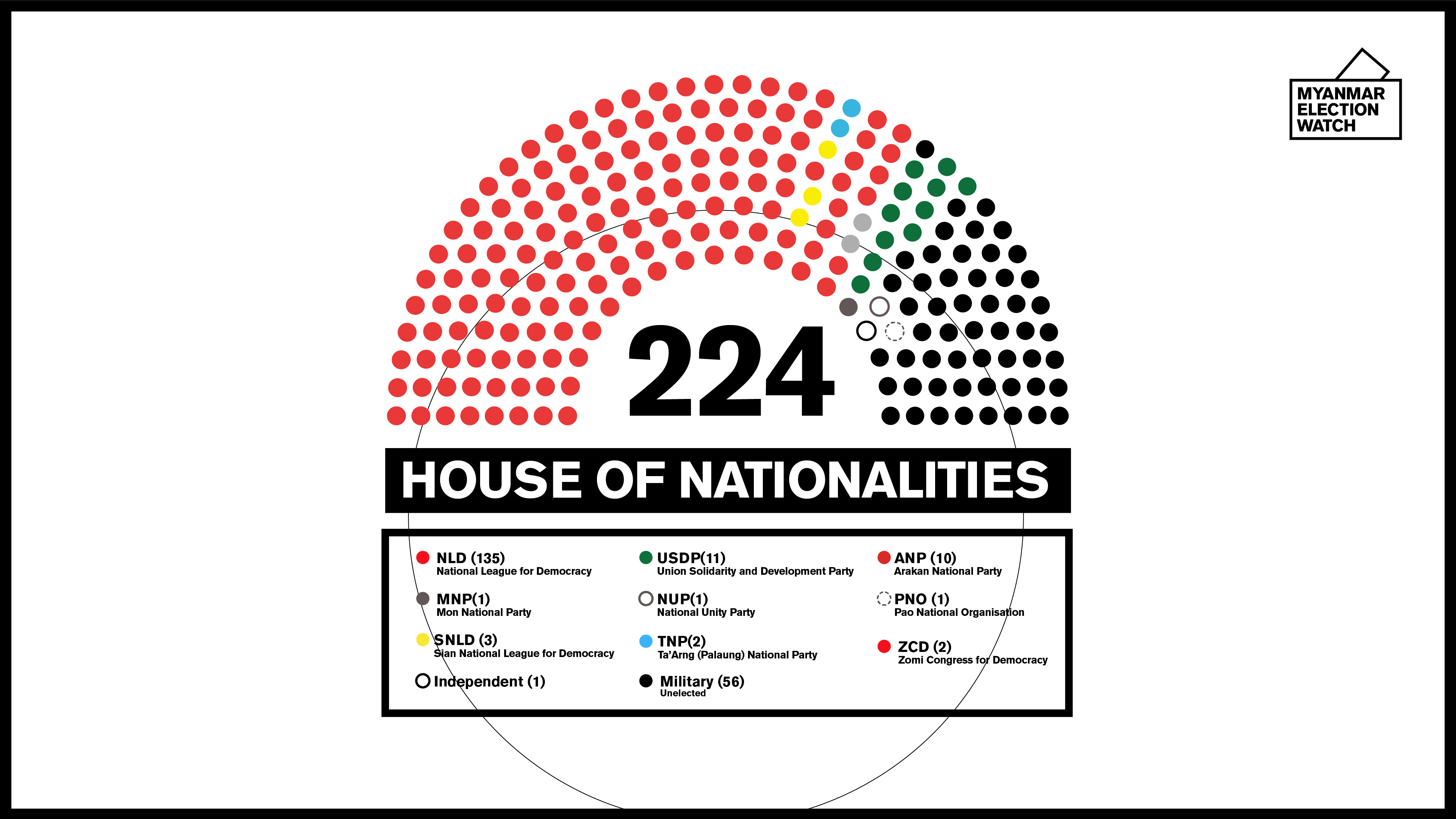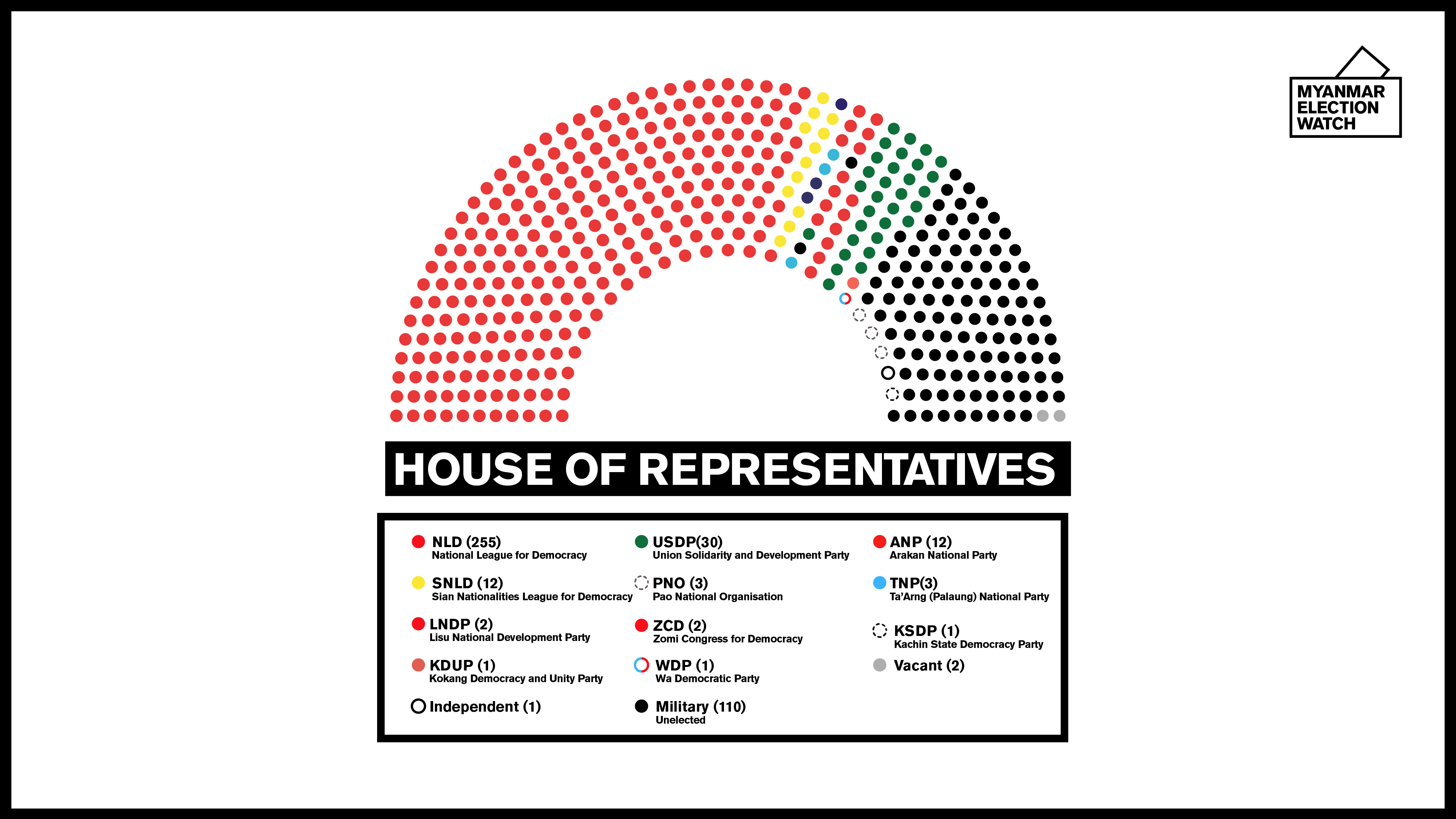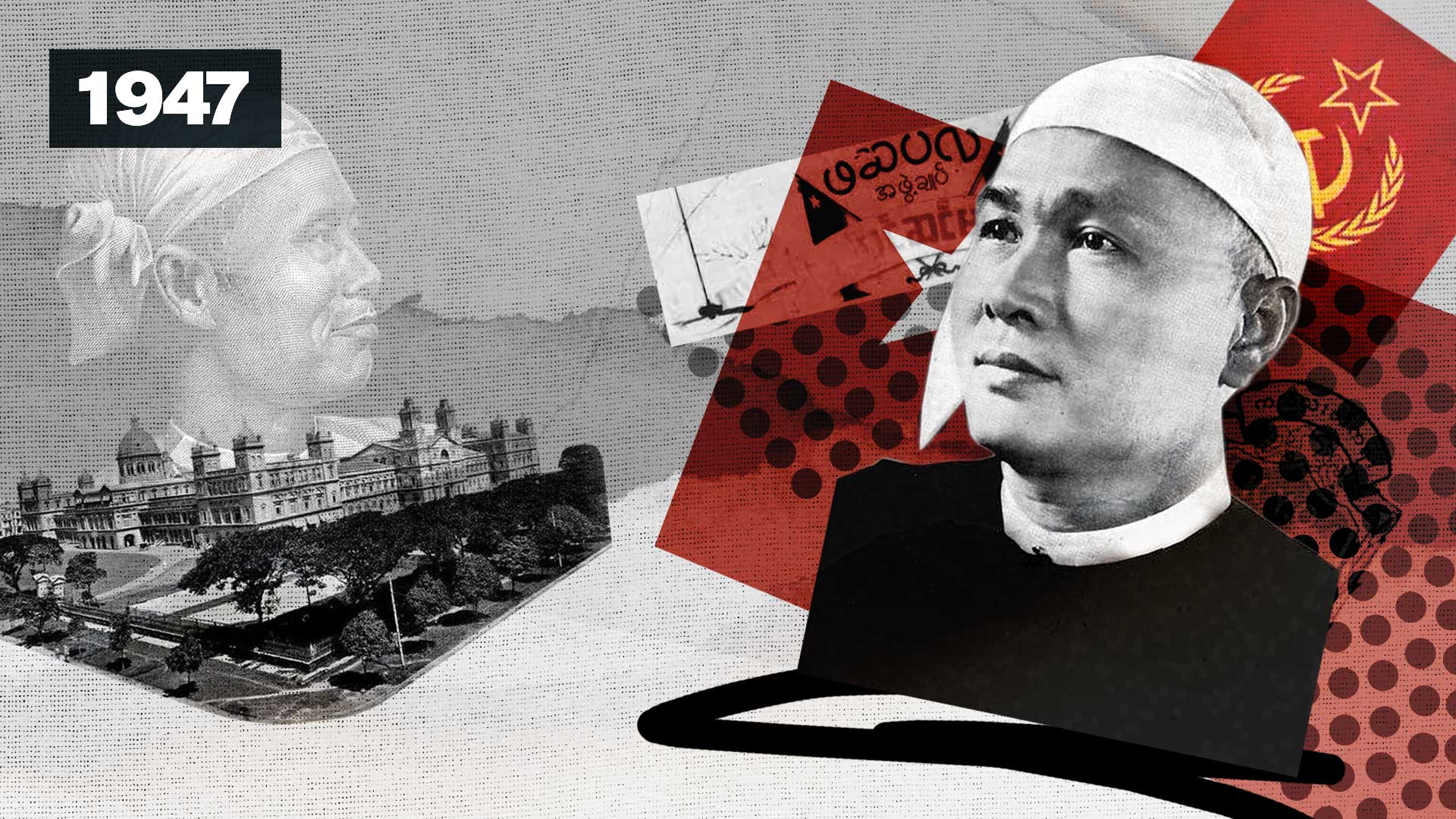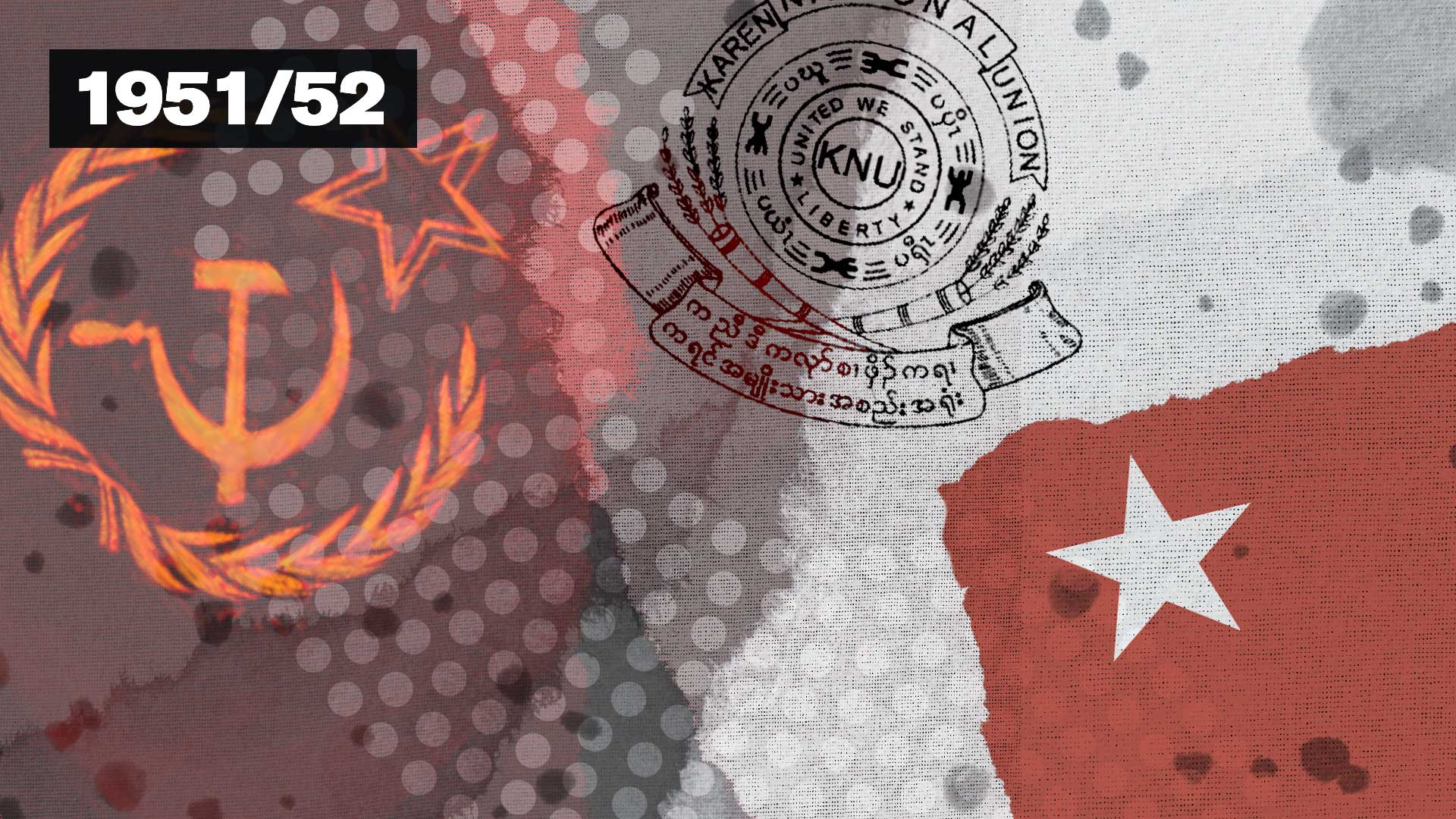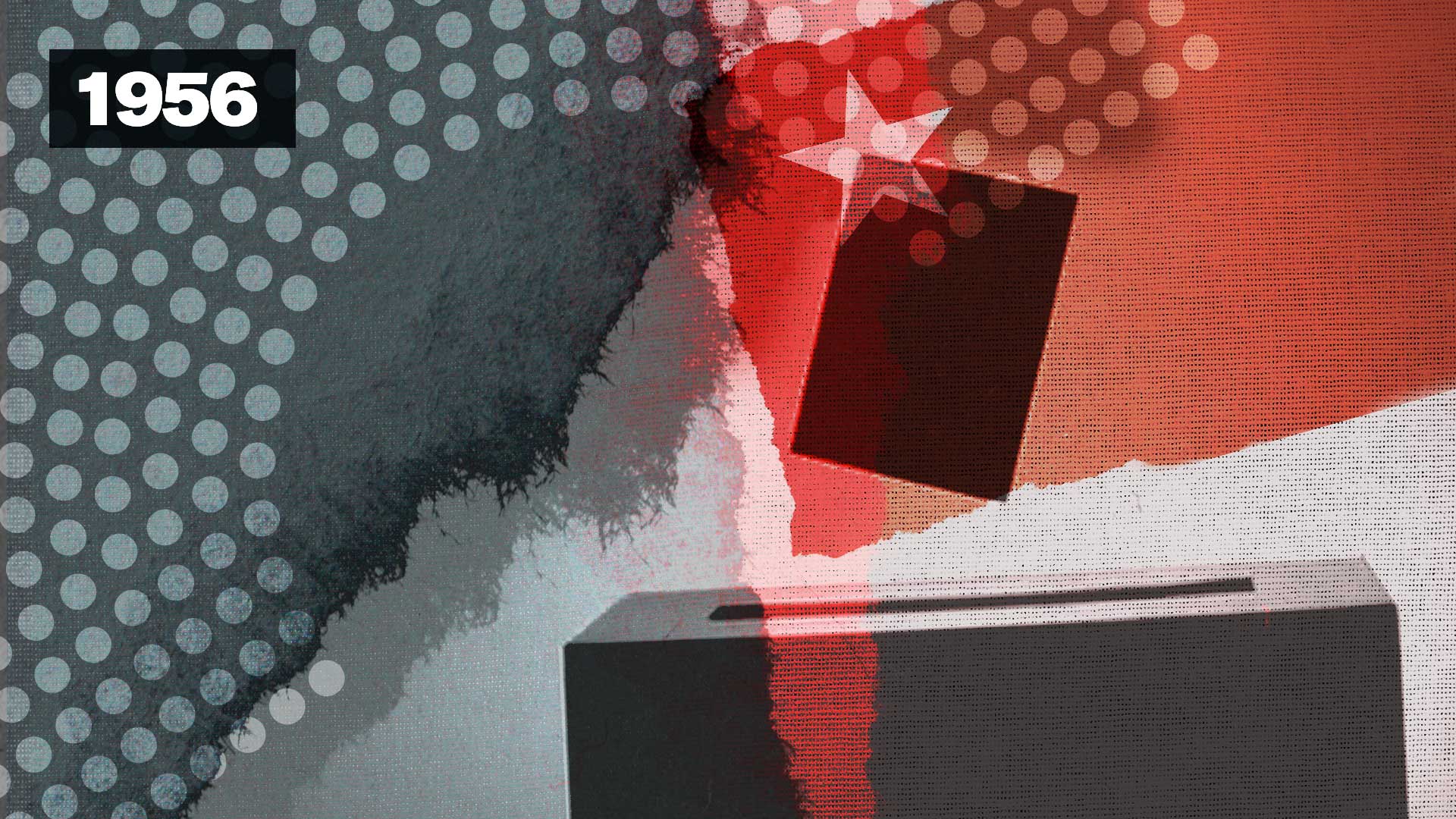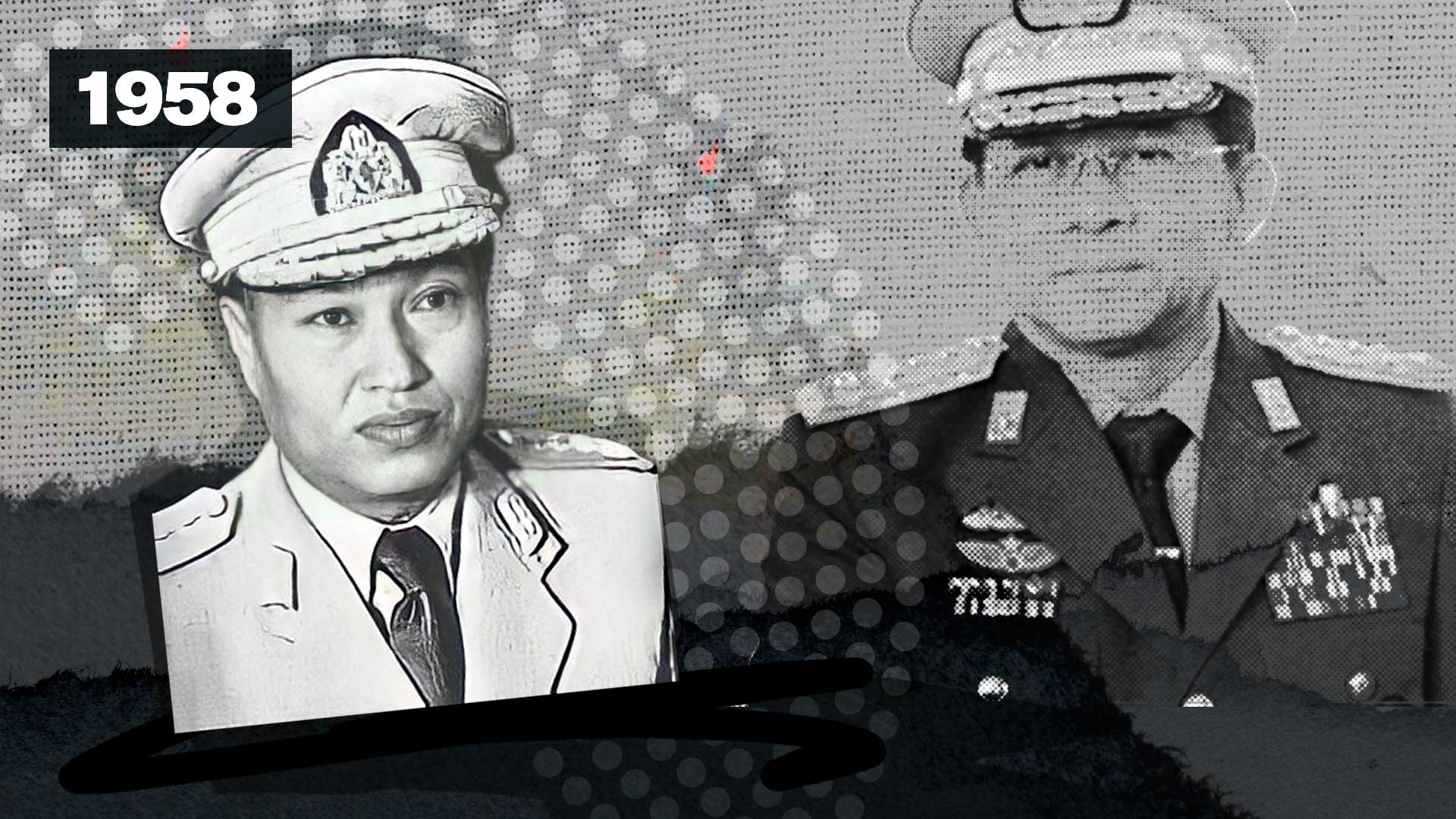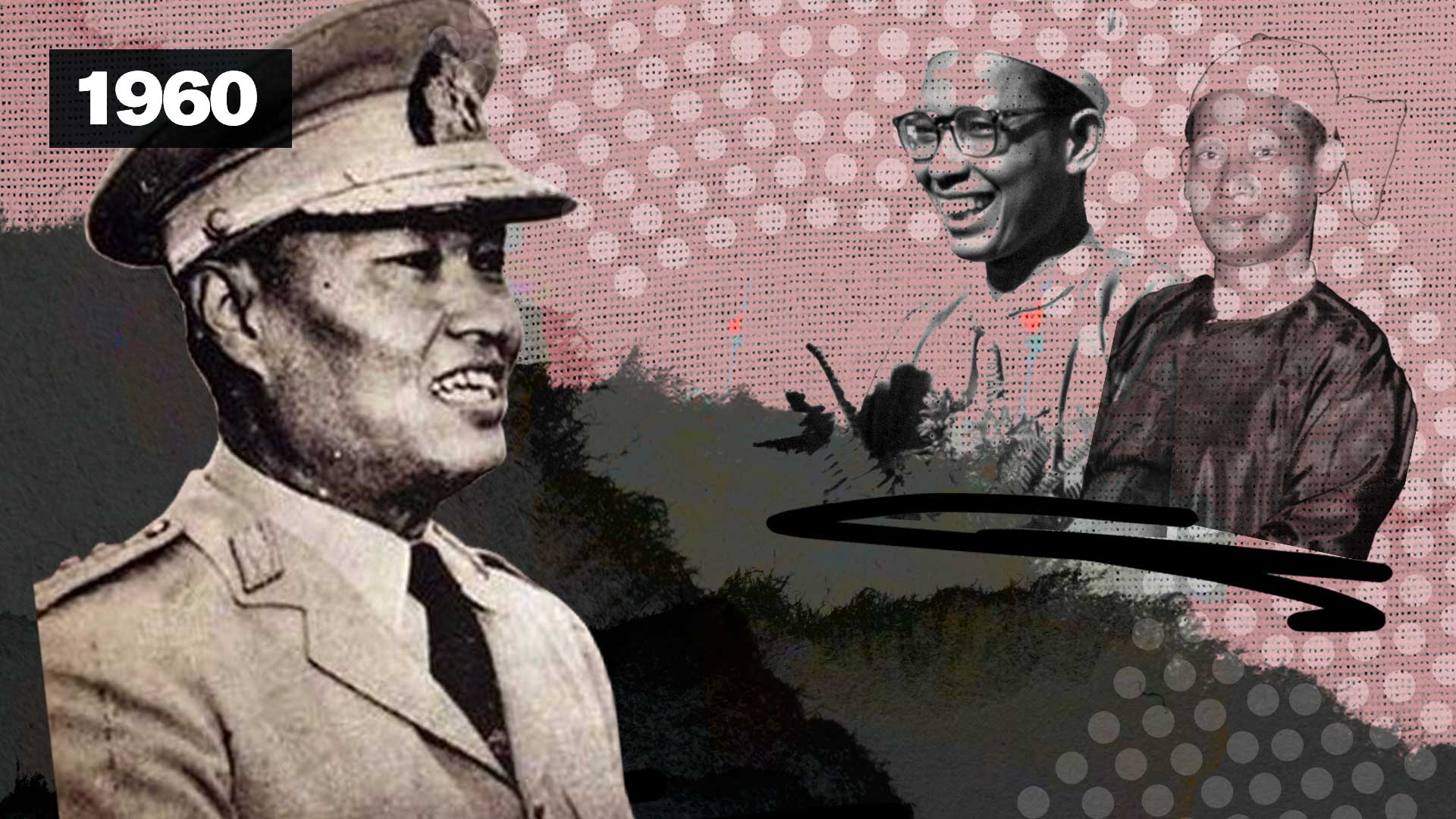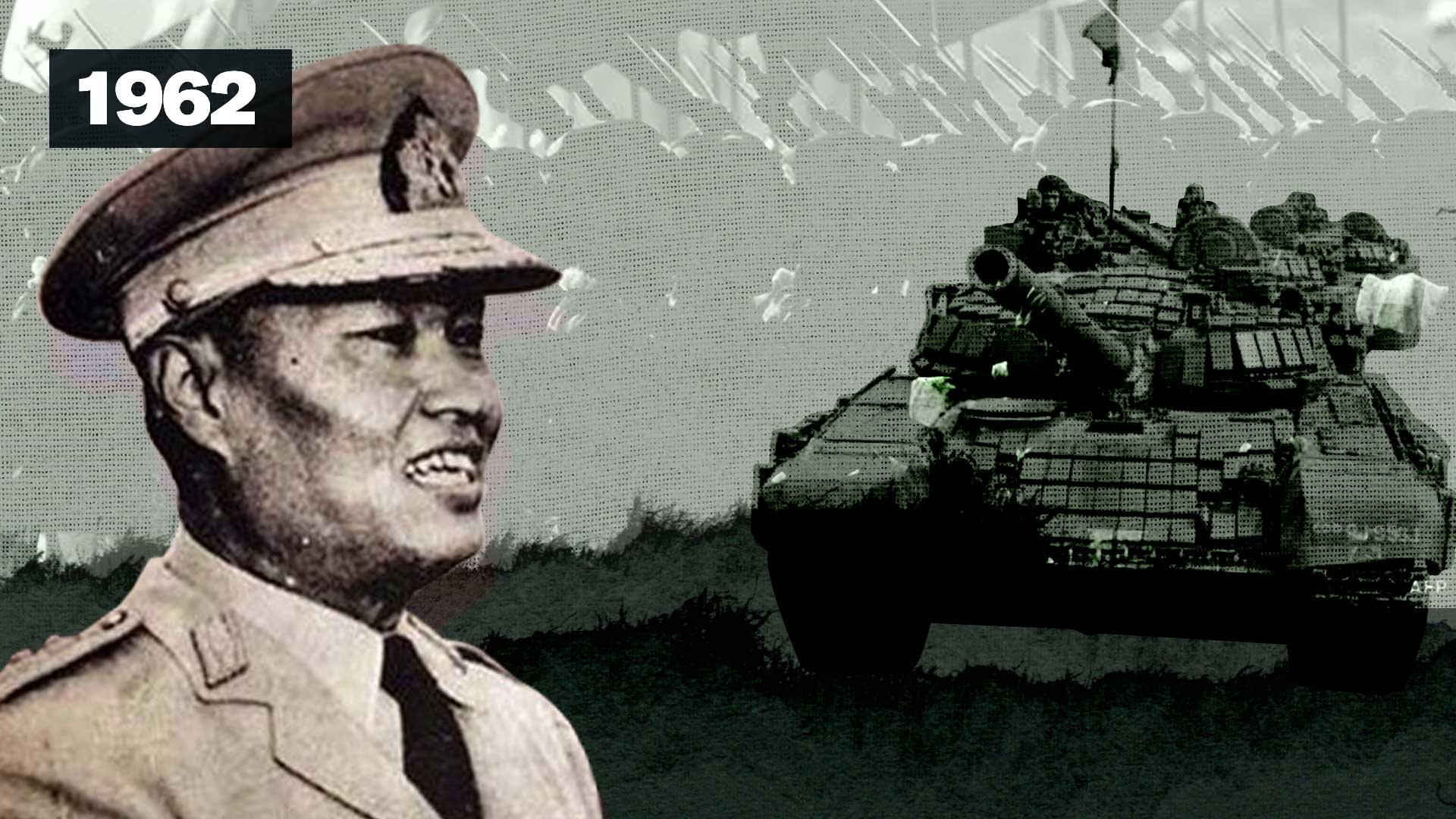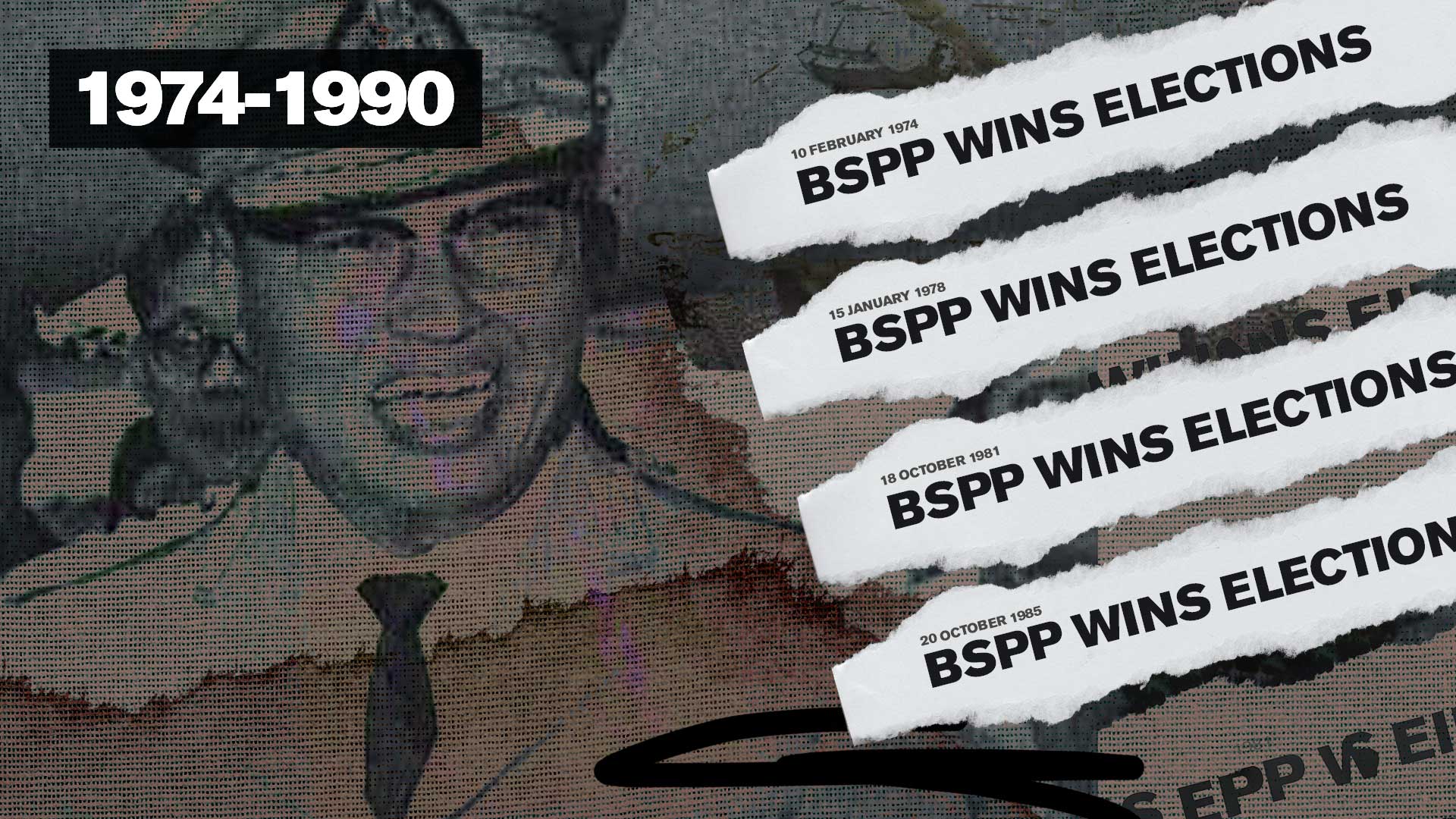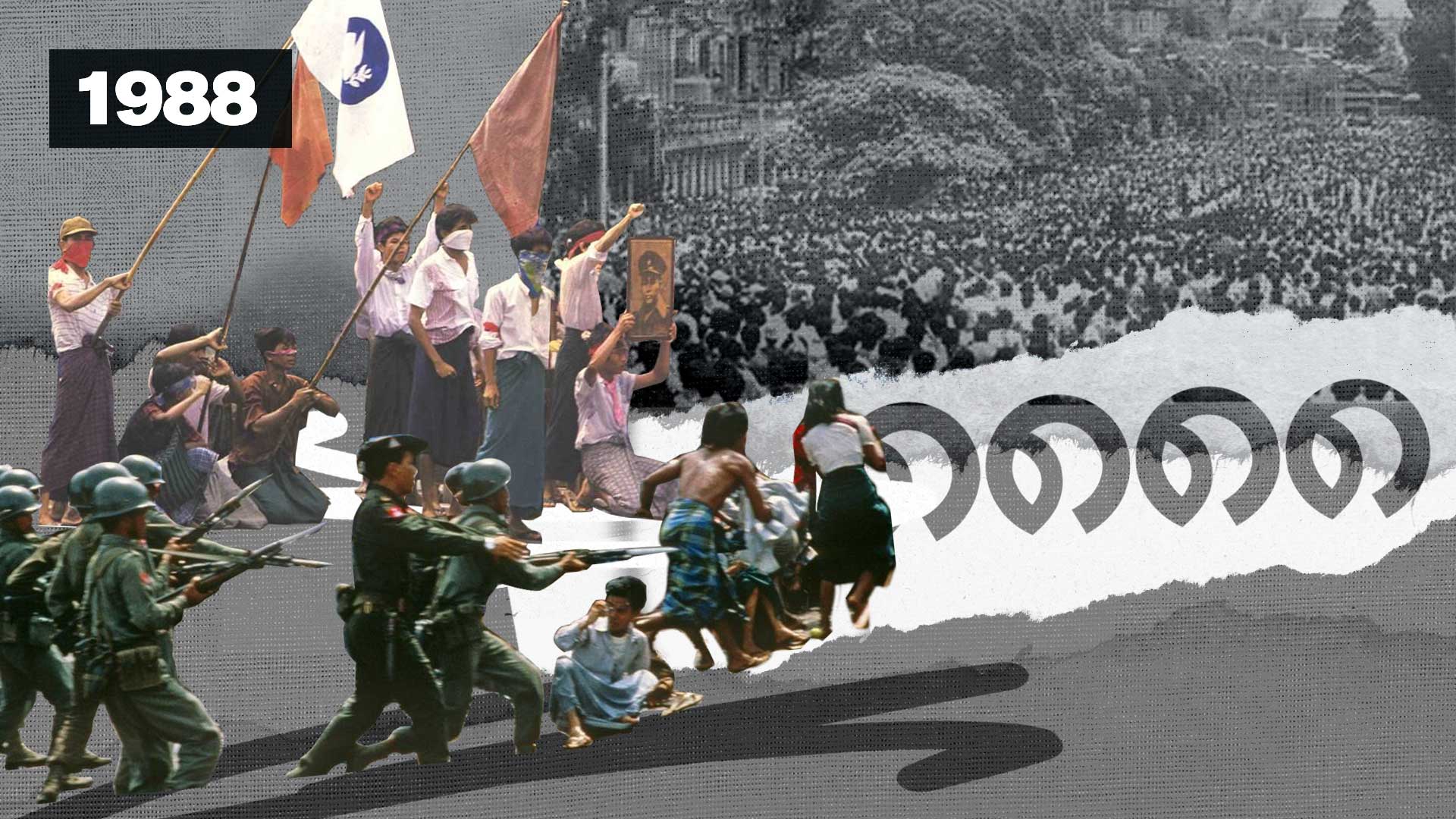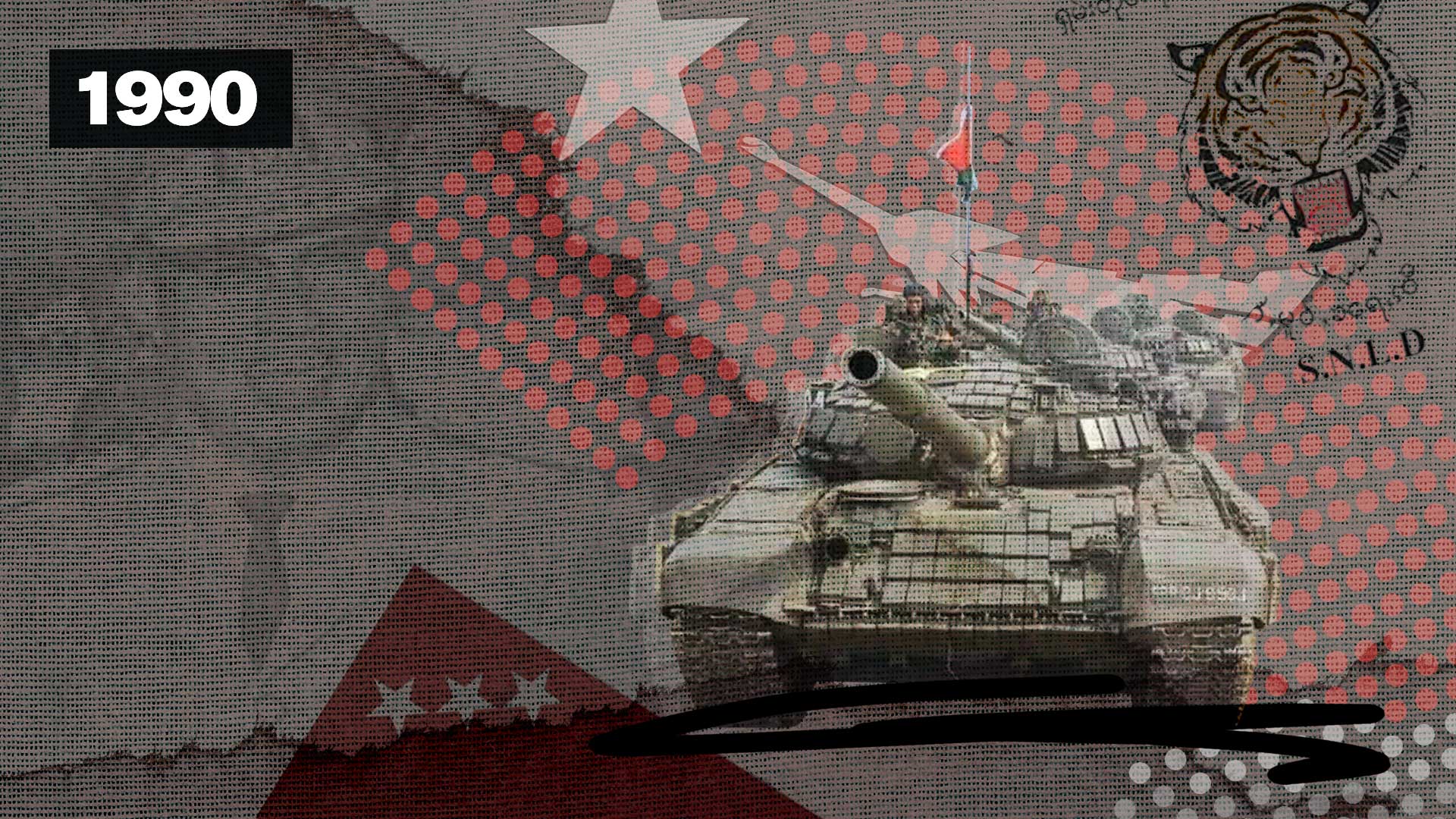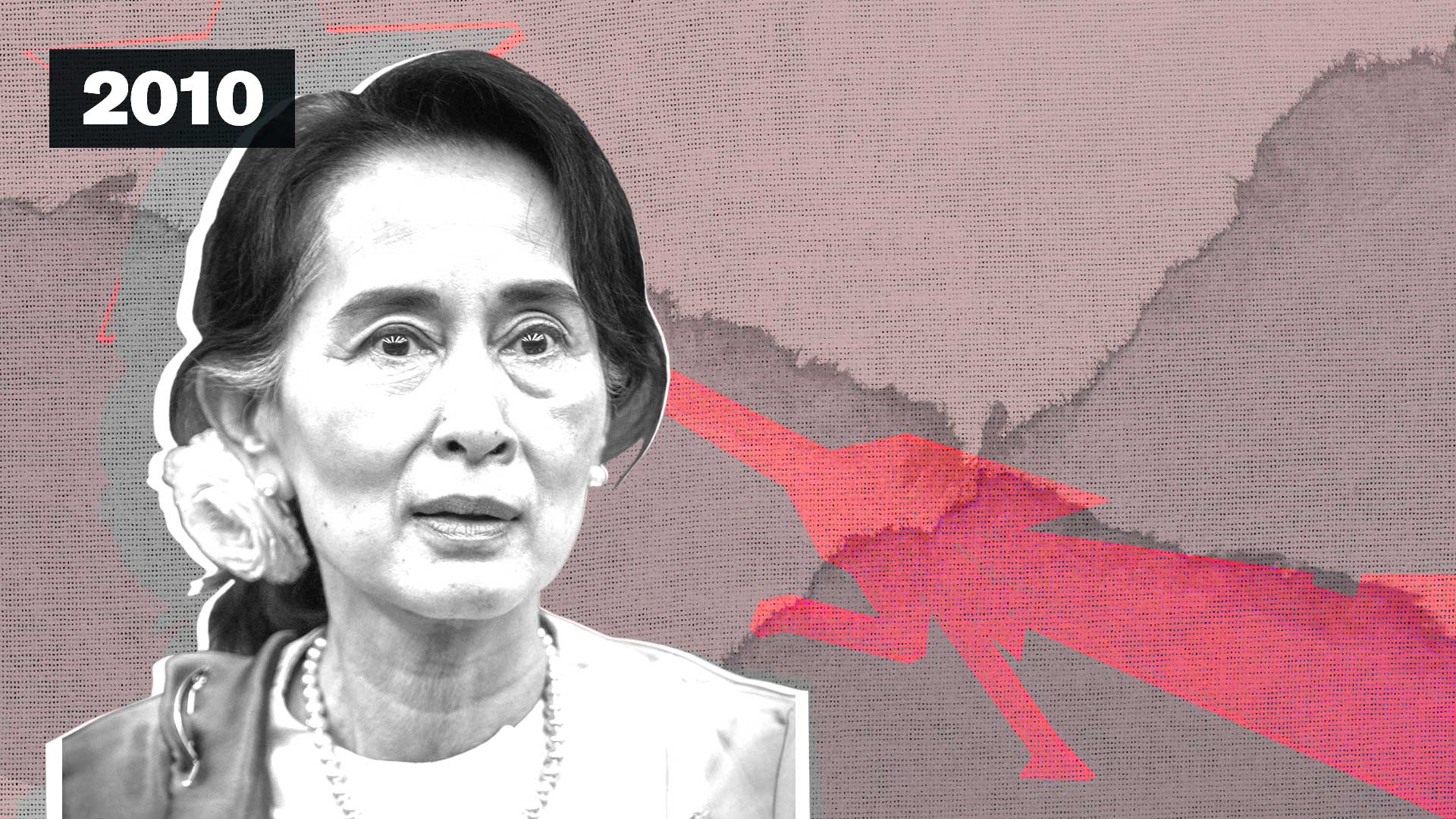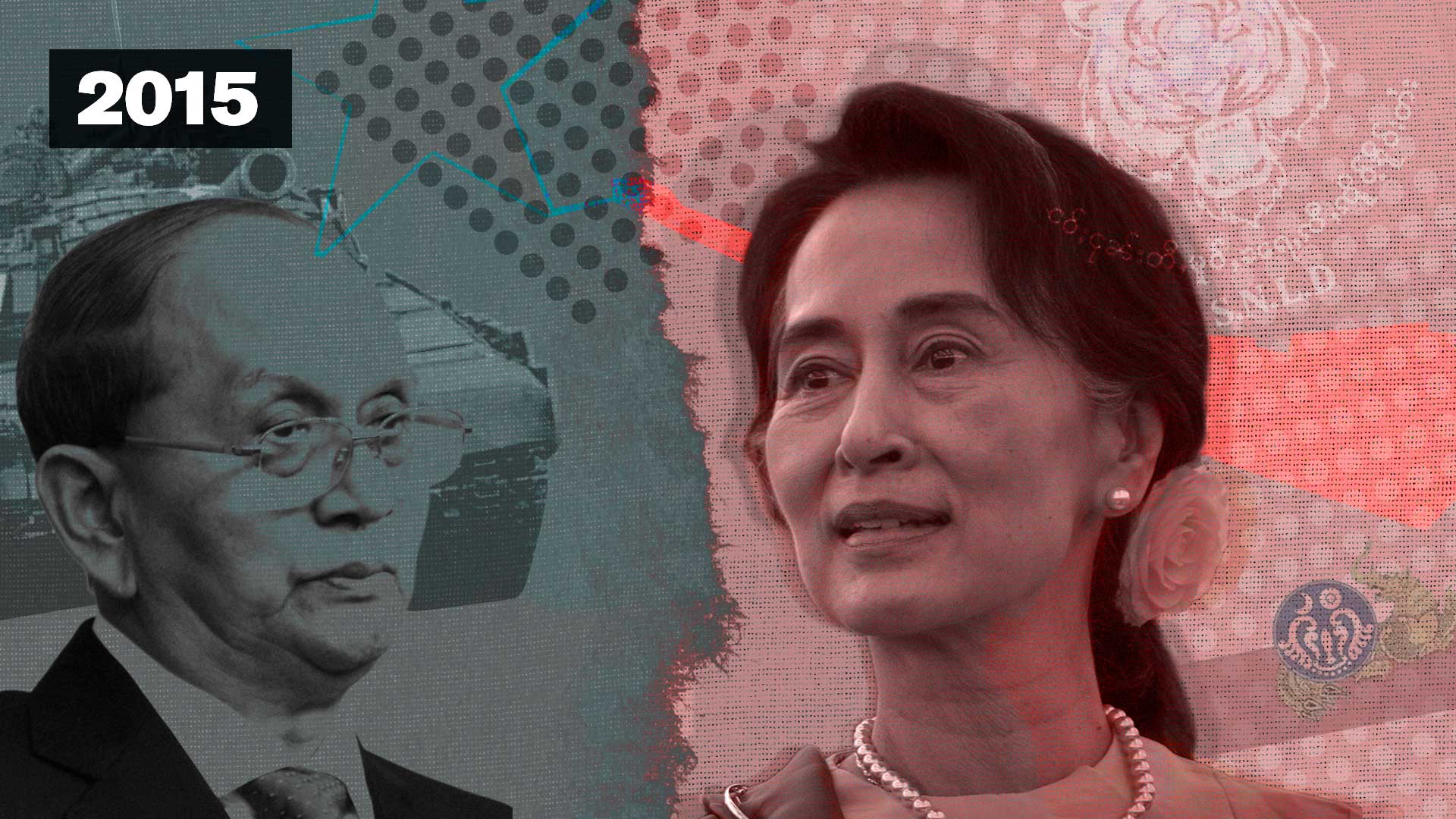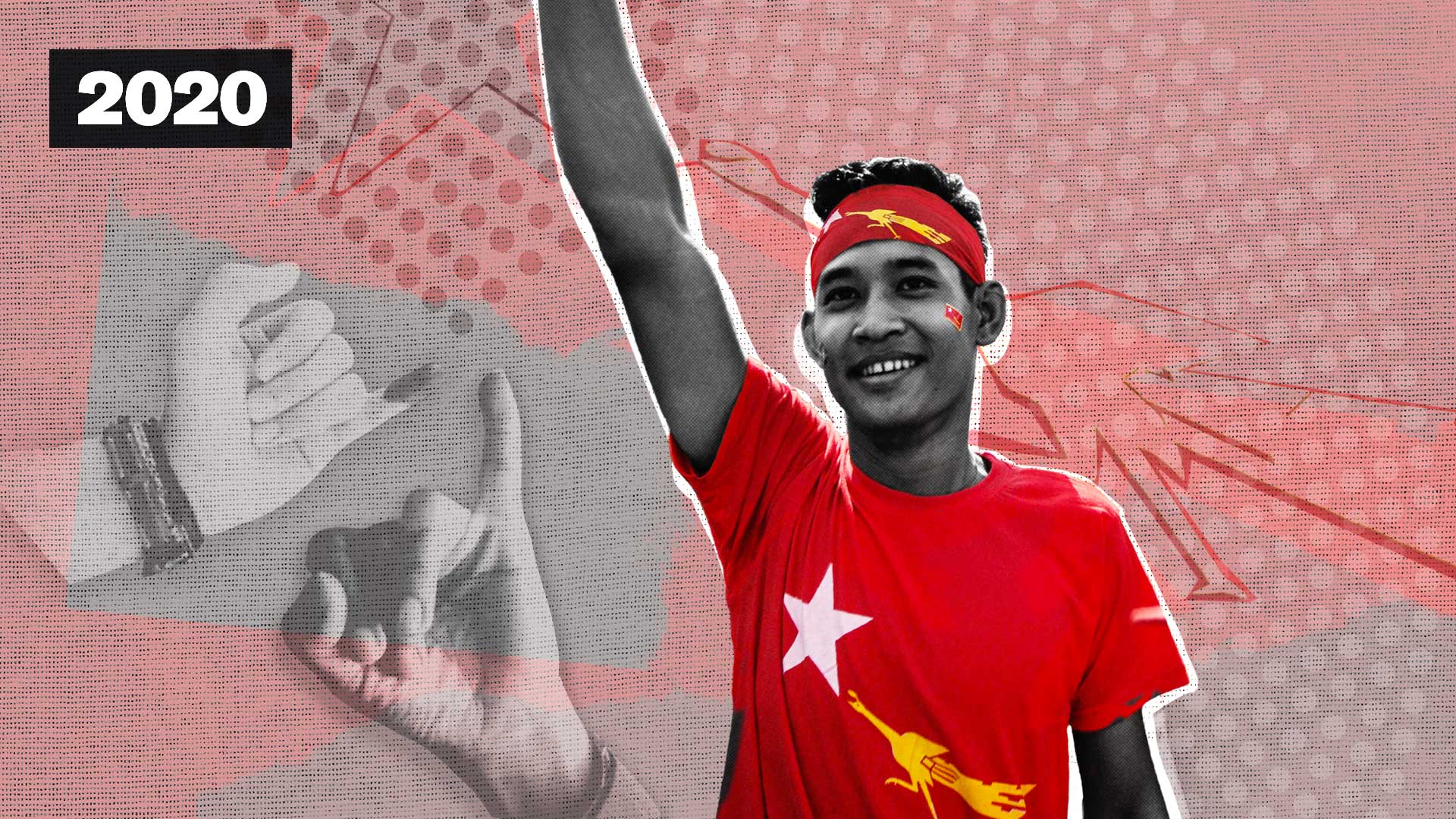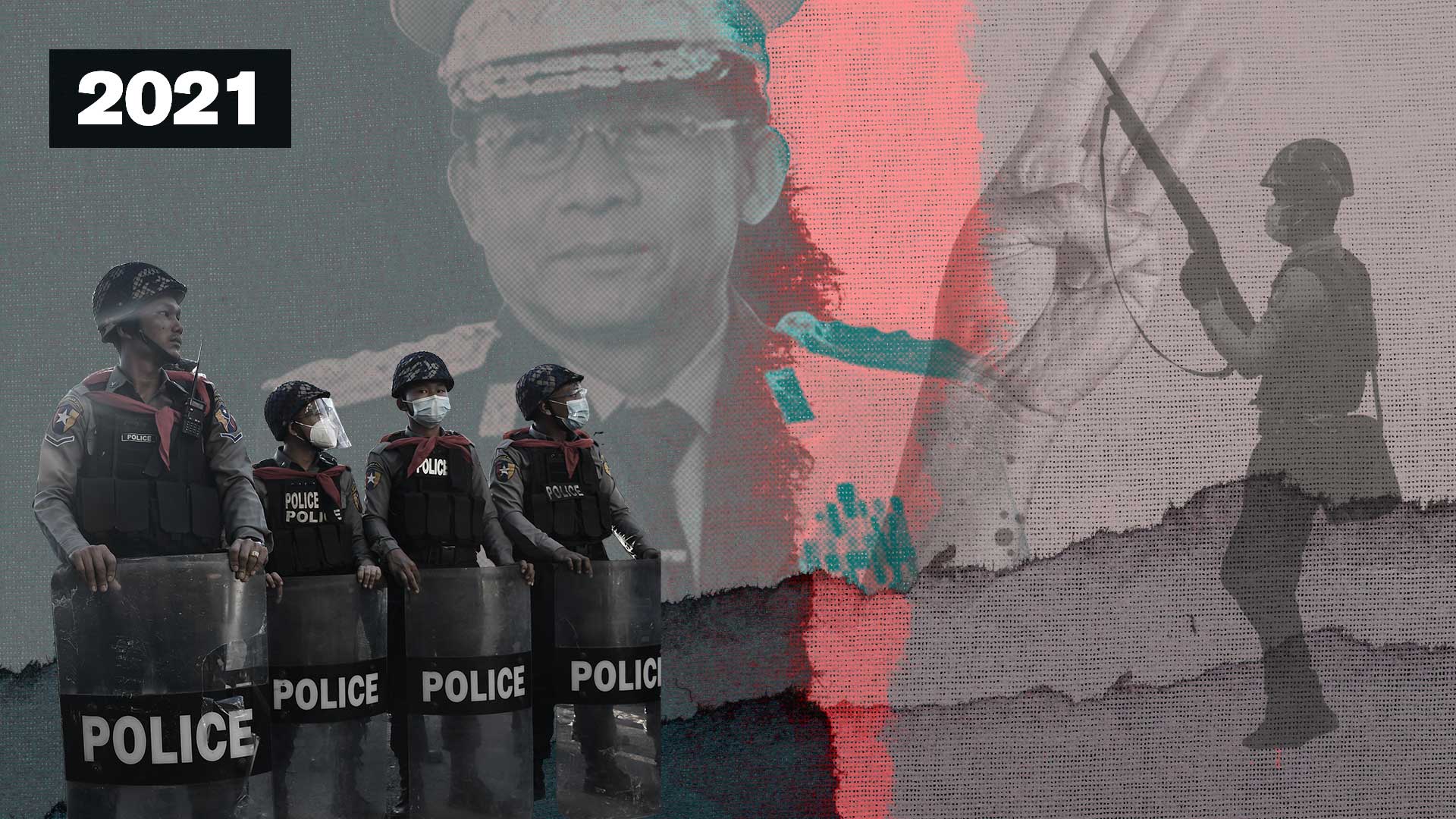In Myanmar, there are three levels of Government under the 2008 constitution:
- The Union Government, the central government covering all of Myanmar
- The Regions and States, each has a degree of executive authority held by the Regional or State Government consisting of a Chief Minister, other ministers and an Advocate General
- Self-Administered Divisions and Self-Administered Zones, each has a Leading Body which has executive authority in its area.
In the general election, there is voting for three levels of legislature: for the national parliament (Pyidaungsu Hluttaw), which consists of two bodies, the House of Representatives (Pyithu Hluttaw) and House of Nationalities (Amyotha Hluttaw); and for the 14 Region/State Assemblies.
Under the country’s ‘first-the-post’ voting system, the national parliament is dominated by parties among the ethnic Bamar-majority, while nationality parties have fared better in the ethnic states (and one region) where the Self-Administered territories are also located..
This history focuses on elections held at the Union Government level to give background to the proposal of the State Administration Council to hold so-called ‘elections’ in August 2023.
Although there were elections in what was then called Burma during British rule of the country (notably, 1922, 1925, 1928, 1932 and 1936), this history will start with elections held for an independent Burma.
Right click and download this infographic for use in your communications, content or articles.

